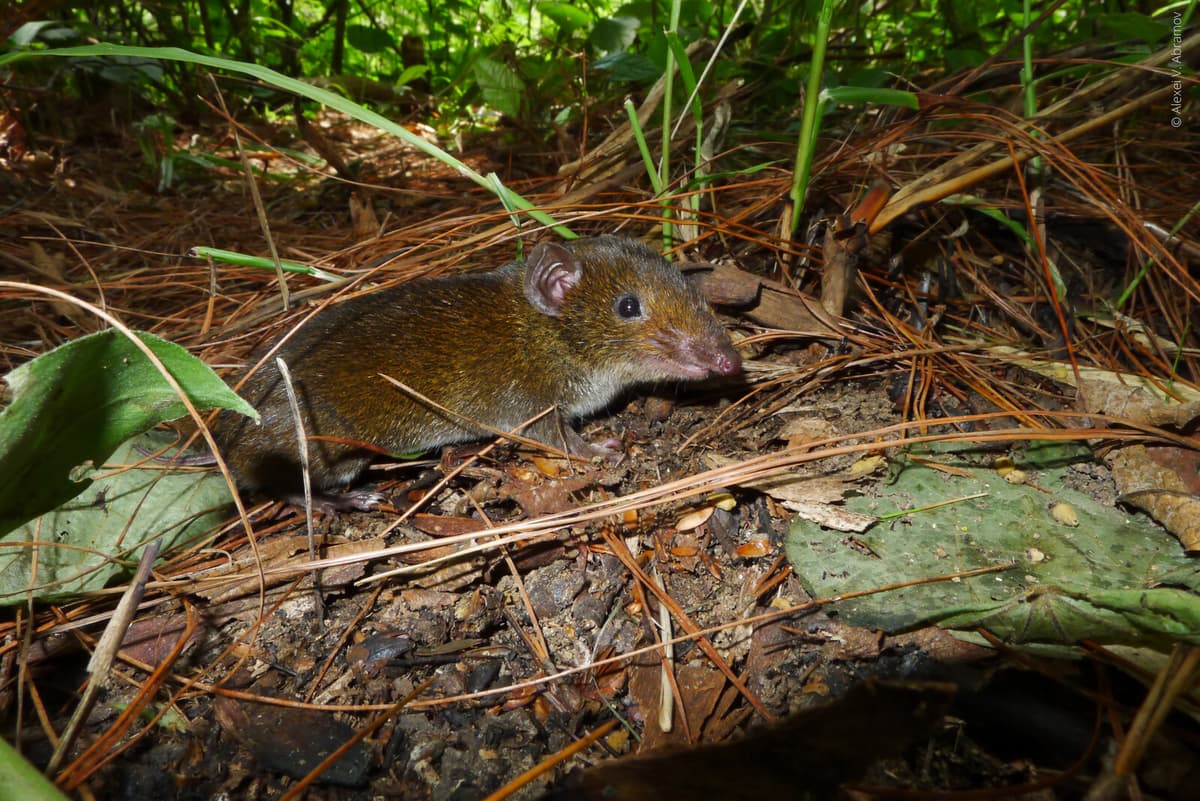The more than 230 species now published in a report from the World Health Organization WWF are plants, reptiles, amphibians, fish, and mammals.
Some have been known since before but have never been scientifically documented and are therefore classified as newly discovered.
There are examples of species that have been in museum collections since the 1930s before being scientifically documented. Others may have been known by local populations in different places, says Louise Carlsson, expert in biological diversity at WWF.
Long Eyelashes
The new species have been found along the Mekong River in Cambodia, Laos, Myanmar, Thailand, and Vietnam. Behind them stand hundreds of researchers from universities, conservation organizations, and research institutes from around the world.
Among the new species are a palm pit viper with scales that make it look like it has long eyelashes, a hedgehog with soft fur and sharp teeth, and a crocodile salamander that lives 2,000 meters above sea level.
As DNA analysis technology develops, it is becoming increasingly faster to determine whether a species is new or not.
There are also extensive databases where researchers around the world can share information, says Louise Carlsson.
Existed for Thousands of Years
According to the report, many of the newly discovered species are already threatened by extinction, and WWF is urging countries in the region to protect these unique and fantastic creatures and their habitats.
Even though the species have just been described by science, they have lived in the unique habitats of the region for many thousands of years. Each of them is an important component of the ecosystem and needs to be preserved. According to the Living Planet Report, populations of wild vertebrates are disappearing at a rapid rate, which we must change, says Louise Carlsson.





